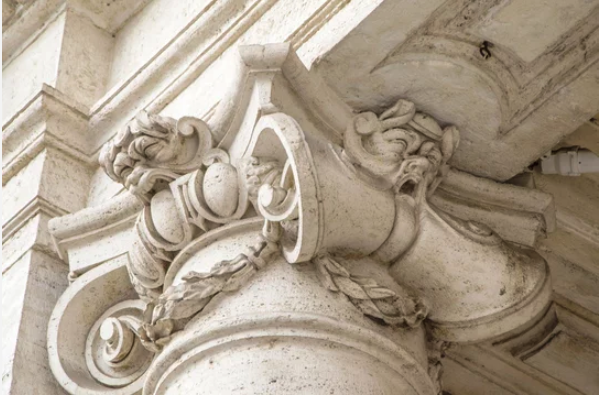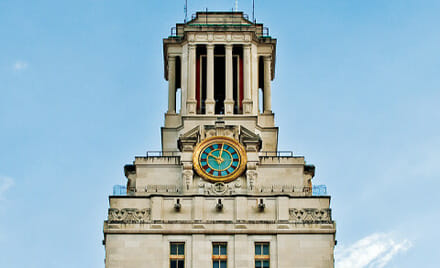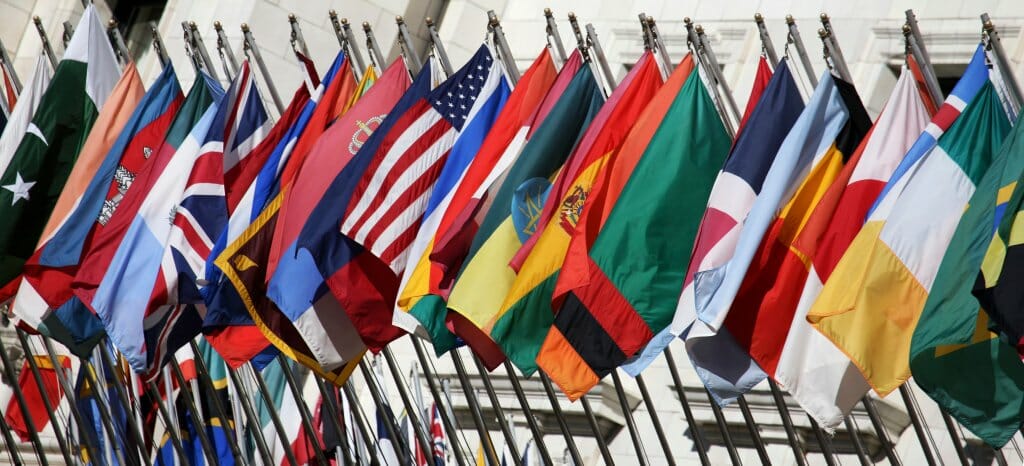This week in diplomatic and military history: December 1 & 8
Keith Chew | Dec 01, 2014
Thud. The silence broke. Thud. Depressions in the sand formed behind silhouettes of well-organized bodies. Thud.
Japanese boots landed on Kota Bharu at the northeastern tip of Malaya — the onslaught was to begin. On December 8, 1941, just after midnight, the Japanese Imperial Army began the assault for Malaya and eventually Singapore. Japanese Prime Minister, Tojo Hideki, took one of many steps to achieve what was soon to be known in Japan as the Greater East Asia War — to the West, the Pacific War.
December 8th also saw the bombing of Pearl Harbor in Hawaii by the Japanese. The United States — too preoccupied with the partial loss of its Pacific fleet — could not offer assistance in the Pacific, leaving the Allied territories to fend for themselves.
In a delayed reaction, British Forces failed to retain sovereignty of the airport in Kota Bharu at dawn. After the initial amphibious assault on the beach to Kota Bharu, Japanese forces left the door open to British territories in Southeast Asia. In addition to the Kota Bharu airport, the Japanese Imperial Army pushed further south to capture three more airports.
The British sent two of their top-flight battleships to confront the Japanese: a King George V-class battleship – the HMS Prince of Wales, a Renown-class battlecruiser – the HMS Repulse, and four destroyers. If all else failed, the two British Naval vessels should have been able to hold off Japanese forces at the Southern tip of Malaya, safeguarding the “impregnable fortress” that was Singapore. Although top-of-the-line ships defended the Malacca Straits and the South China Sea, Winston Churchill was not able to spare any more troops to the Asia Pacific. Churchill’s strategy in the Far East was to rely on the Americans to deter the Japanese threat. On December 10, 1941, Japanese bombers decimated the British Naval vessels. Churchill went on to privately admit that Japanese attacks on America would force the United States’ hand into the war, siding with the Allied forces, and therefore, it was worth sacrifices in the Far East.
Japanese forces overran Kota Bharu and proceeded in two prongs: south to the Perak River and east to Kuantan along the coast of the peninsula. While fighting under the cover of darkness, the Japanese managed to outflank the defenders on almost every front, isolating units of the Indian Army as well as several British battalions. The British began to retreat to no avail. By January 9, Supreme Commander General Archibald Percival Wavell withdrew his troops to Johor Bharu at the southernmost tip of Malaya.
With the British holed up in Johor Bharu and Singapore, Australian commander, Lieutenant-Colonel Charles Anderson, understood the importance of slowing down the withdrawal. Commonwealth troops needed to slow the Japanese advance to allow for more Allied forces to move south and regroup. Anderson held his defense in Johor for four days before Japanese troops forced him to promote his famous “every man for himself” motto.
After Johor fell, General Wavell decided to destroy the causeway that connected Malaya to Singapore. General Wavell reckoned that with the causeway destroyed, tanks and infantry would not be able to cross over to the final stronghold of British territory in the Far East.
General Wavell proceeded to face all his artillery units to the south, and expected the Japanese to follow up with a coastal invasion from the Singapore straits – the only position left available to the Japanese. Japanese forces were low on food and ammo and would have to rush the assault.
Japanese Imperial General, Tomoyuki Yamashita, launched his attack on Pulau Tekong a small island to the Northeast of Singapore. Little to Wavell’s expectations, this was the perfect diversion. Yamashita ingeniously ordered his men to cross the causeway with bicycles while Commonwealth forces were focused on the Japanese advance in the Northeast. This dealt a terrible blow to the British Artillery unit which was not mobile. There would not be sufficient time for the artillery to proceed northward to deter the Japanese.
Japan overran Singapore in four days. During negotiations, Yamashita threatened that if Wavell would not yield Malaya and Singapore to the Japanese, he would continue the onslaught of Singapore and its people – a feint that Wavell fell for. The Japanese had barely enough resources to continue the fight for a few more days.
The Japanese had thoroughly fooled the British under the leadership and insight of Yamashita. British losses in Southeast Asia resulted from the same disregard for Japanese strategic ingenuity that struck the U.S. at Pearl Harbor. Despite being out-gunned and out-equipped, the Japanese were able to take the British stronghold at Singapore in four days. It was a slap in the face when Japanese soldiers rode across the causeway on bicycles. The British warships headed to defend Malaya and Singapore likewise succumbed to the air capabilities of the Japanese Zero Fighter aircraft just like the Americans did at Pearl Harbor.
The British defeat on the peninsula led to the question of whether or not Britain still had the ability to maintain order and autonomy over its territories abroad. If the British could not defend a small peninsula in Southeast Asia, could they continue to defend India? Colonial subjects around the world were led to believe the British Parliament and crown levied taxes, established governance and control in these foreign regions because the empire had the ability to lead. The arrogance of the British in the Pacific Theatre stunted the confidence placed in it by its colonies. This doubt fueled independence movements during and after the war, especially Gandhi’s Indian Independence Movement, the Federation of Malaya Independence Act 1957, and the Independence of Singapore Agreement 1965.
Today Singapore stands as one of the most prosperous nations in the world, boasting a GDP per capita higher than the United States. It is a major port and maritime hub in the region along with a bustling financial center amidst developing countries. The British lost the opportunity to rule Singapore, but perhaps their failure had left a legacy. Leaders, such as Lee Kuan Yew and David Marshall, took it upon themselves to rebuild Singapore, re-institute laws for the multiracial, multi-religious, polyglot society. Locals were finally able to strike a balance between East and West, effortlessly displaying the importance of both ends of the scale. However, one thing is certain: after Yamashita outmaneuvered and out-strategized the British command, no Western entity would underestimate human ingenuity like the Allied forces did in WWII, no matter how foreign.
Photo courtesy of www.combinedfleet.com.
Bibliography:
Matibag, Eugenio. “Southeast Asia, Japanese Occupation of.” Encyclopedia of Western Colonialism
since 1450. Ed. Thomas Benjamin. Vol. 3. Detroit: Macmillan Reference USA, 2007. 1046-
1048. Gale Virtual Reference Library. Web. 17 Nov. 2014.
“Part 2: Did Singapore Have to Fall?” Part 2: Did Singapore Have to Fall? Web. 18 Nov. 2014.
<http://www.winstonchurchill.org/support/the-churchill-centre/publications/finest-hour/issues-
109-to-144/no-138/901-part-2-did-singapore-have-to-fall>.
“Singapore and Malaya, Japanese Conquest of.” Encyclopedia of Invasions and Conquests: From
Ancient Times to the Present. Ed. Paul Davis. 2nd ed. Millerton, NY: Grey House Publishing,
2006. 405-409. Gale Virtual Reference Library. Web. 17 Nov. 2014.
“The Attack on Malaya by Japan.” The Attack on Malaya by Japan. Web. 18 Nov. 2014.
<http://www.historylearningsite.co.uk/japan_attack_malaya.htm>.
“The Japanese Landing at Kota Bharu, on December 7th 1941.” The Japanese Landing at Kota
Bharu, on December 7th 1941. Web. 18 Nov. 2014.




